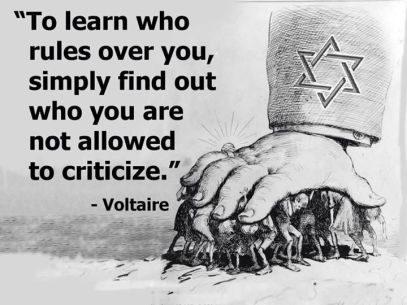This country is having a national conversation around race that is long overdue. As someone who researches prejudice and racism, I’d like to add an observation to the mix: for the most part, one can still get away with discriminating against, humiliating, and co-opting Asians, Asian Americans, and Asian cultures.
Just a brief glance at media and pop culture and the stereotypes come rushing forth. Exotic? You got it. Extremist? There he is. Nerdy and uncool? Yup. Docile and servile? At last! Most of these go unnoticed, because there’s little chance of being called out on it. Far from merely being a matter of political correctness, research has shown that media images can have a negative and undermining effect on the psychology of children who take in these stereotypes.
It doesn’t stop there. Yoga and meditation are all the rage these days and have undoubtedly helped countless individuals—but there seems to be a troubling trend of denying its historical, cultural, philosophical, and spiritual origins in Asia. It was as if yoga was invented on the Upper East Side of Manhattan, right next to a Starbucks, neatly packaged for your consumption. Further, in the rush to spread “mindfulness,” one can get away with not even mentioning, let alone honoring, the traditions from which these methods sprang. The Buddha is an afterthought. We’ve seen this before; just ask the African American blues pioneers who are rarely credited for their profound influence on rock-n-roll.
But what is at stake here with the “getting away with”? British psychoanalyst and essayist Adam Phillips suggests that the feeling of “getting away with” implies the presence of an authority from whom one is flying under the radar. In the current example, that authority is racial justice, which has largely failed to nab the wily discriminators of Asians. Put simply, it’s easy for people to get away with it. Of course, there are many subgroups within the large and diverse category of “Asian” (Asia is kind of a big place), but what connects them all is the unfortunate reality of having to bear microaggressions and macroaggressions—everything from racist jabs to hate crimes—without many others really taking notice.
Perhaps there is hope to be found in the current national discussion. We can now hope that, one day, there will be a national discussion around producing more thoughtful forms of media and pop culture that avoid perpetuating stereotypes of Asians. Or, one day, there will be a broad discussion around the cooptation of Asian cultures and practices, as we have seen in the aftermath of Rachel Dolezal. Or, one day, there will be a time when official racial profiling of those of Asian descent, such as the type found in the NYPD surveillance program (which targeted colleges such as Yale, where I am a researcher), will be exposed to greater outcry. That’s the future. As for the past, we are left with just wishing, for instance, that the President had also delivered a beautiful message in person—like he recently did in Charleston, SC—at the Sikh house of worship in Wisconsin, where innocent lives were gunned down out of racism and hatred.
Let me be clear, none of this is to take away from the rightful attention given to the African American community, who have faced and continue to face so much untold hardship, nor is it to suggest that the issues facing the two communities are identical. I am not intending another form of cooptation and blurring of important differences. But it is to suggest the possibility of gaining inspiration from one another’s struggles, triumphs, and strategies of protest and resistance. This spirit of intercultural sharing and solidarity finds important precedents in American history. After all, it was not too long ago when a young Dr. Martin Luther King, Jr., deeply inspired by the example and philosophy of Mahatma Gandhi, went on to change a nation.
Moving forward, the question for this country to consider is how it can move away from the practice of “getting away with” prejudice and racism towards Asian Americans, and any group for that matter. The solutions may take different forms, but a key element may be strengthening our Zen-like capacity to see, recognize, and address them head-on—rather than letting them slip away, unnoticed and under the radar.













